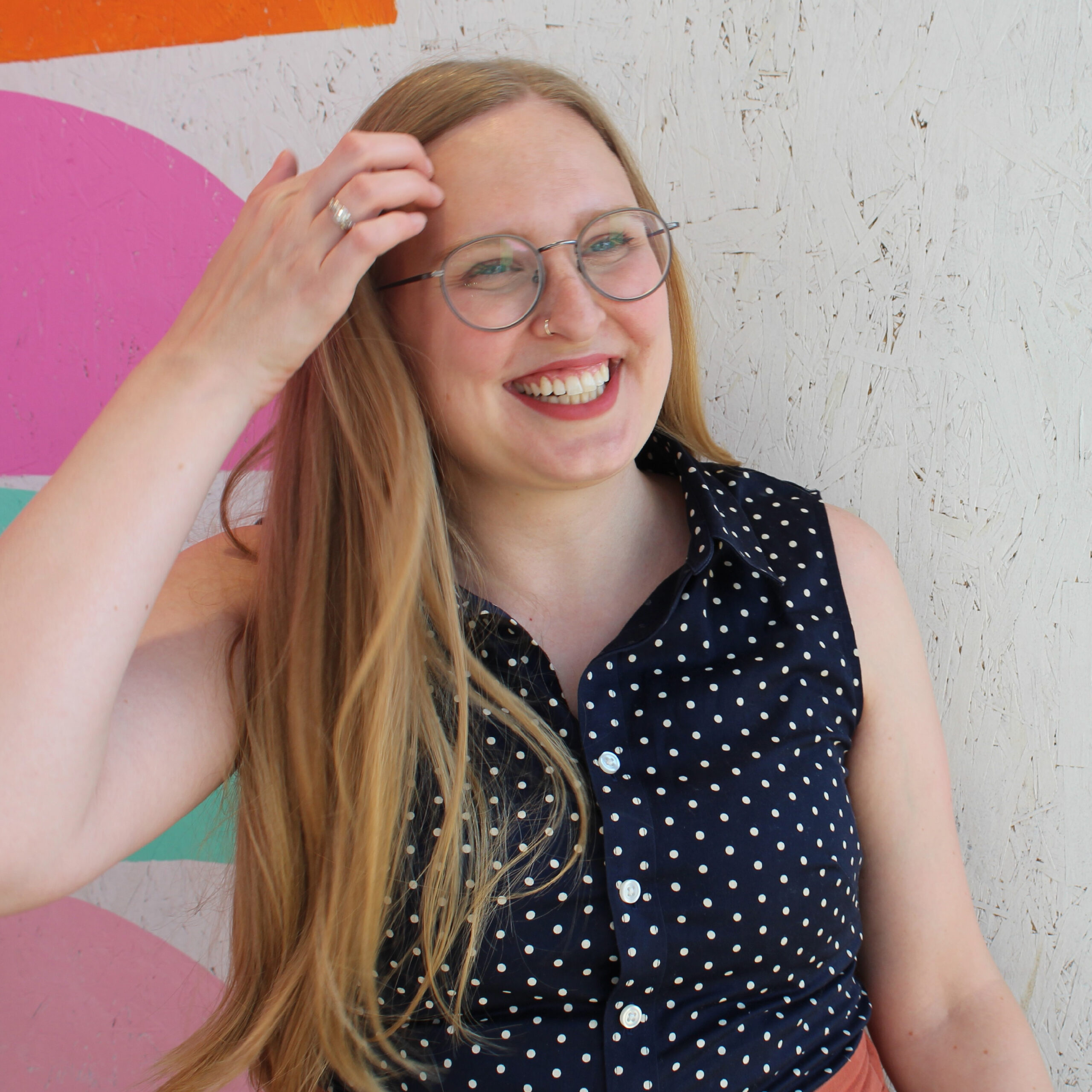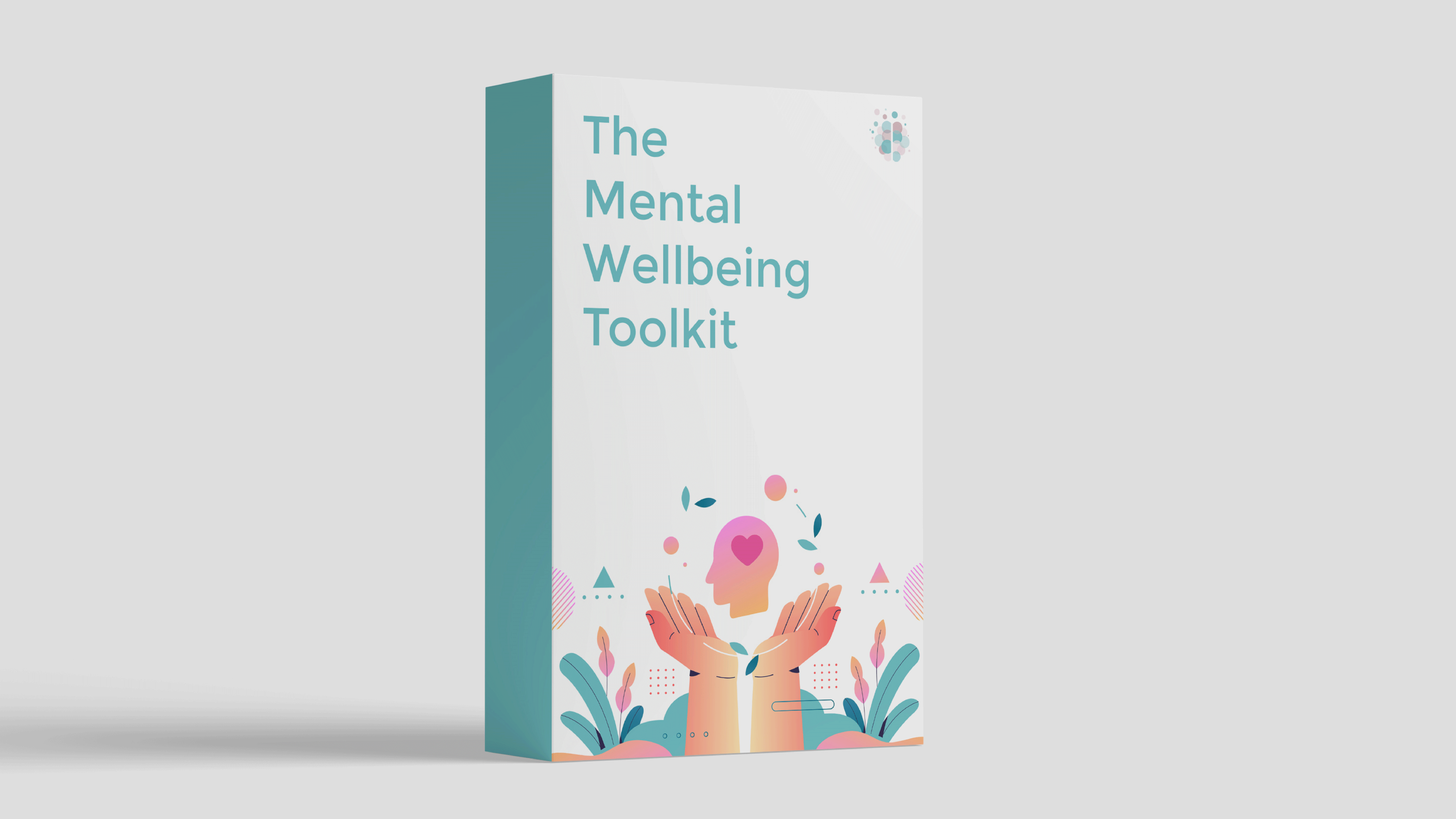A common but often overlooked symptom of stress and anxiety is muscle tension. Muscle tension may lead to:
- Headaches
- Neck and shoulder pain
- Back pain
- Jaw pain due to clenching
- Chest pain
- General discomfort
Keep reading to discover how to relax muscle tension with four different methods: movement, temperature, foam rollers, and progressive muscle relaxation (PMR).
1. Movement
Taking small movements throughout the day is a great way to decrease muscle tension. Especially for folks who are working from home or in especially sedentary jobs.
Some ideas for small, daily movements include:
- Shrug your shoulders all up to your ears for about 10 seconds, and then release
- Turn your head from left to right, and nod up and down a few times
- Bend over to touch your toes, and then reach up to the sky
- Use the tip of your tongue to touch the roof of your mouth (for jaw tension)
- Walk around the block
Exercising for longer periods of time is also highly effective at reducing muscle tension.
What type of exercise is best?
Honestly, whatever you enjoy will be most effective and relaxing. That could be power walking, tennis, dancing, chasing your kids on the playground. Pretty much anything! With that said, yoga is a great choice because it helps people pay special attention to their muscles.
2. Temperature
A hot shower or a bath with Epsom salts work wonders for relieving muscle tension.
Heating pads and ice packs are another option. There are so many different options for these, often made for different, specific parts of the body.
Should I go for heat or cool?
It really just depends on what feels better to you. Many people like to have both on hand and alternate.
3. Foam Rollers
Foam rollers are becoming more popular by the day, and for good reason! A small 2015 study indicates that use of foam rollers after exercise decreased muscle soreness. You can read about the best foam rollers to buy in this NY Times article.
Smooth or bumpy foam roller?
Bumpy foam rollers are good for getting out knots, but can feel intense for people who are new to them.
4. Progressive Muscle Relaxation
Progressive muscle relaxation, or PMR, is a method that instructs folks to focus on one part of the body at a time.
You can practice PMR just using your own mind. Here’s how:
Lie or sit somewhere comfortably. Begin by observing the feeling inside your toes. As you notice your toes, they may start to feel warm or tingly. After doing this for a few seconds, move your awareness to the whole foot. Continue this process all the way up to the crown of your head.
What if I can’t stay focused?
Visualization can be useful. You might imagine sunlight, a warm blanket, or a relaxing color on each part of your body throughout the PMR.
Alternatively, you could use a guided meditation through YouTube or the phone app Insight Timer. Just type into the search box “progressive muscle relaxation,” and you can filter through dozens of options.
These methods for how to relax are most effective when used preventatively and consistently. For best results, use these techniques on a regular basis, even on days when your muscles don’t feel tense.
Self-Guided Support for Anxiety and Low Mood
Research shows that self-help materials are often enough for people to overcome mild to moderate mental health difficulties without professional support.
If you’re interested in a self-guided program that includes tools from CBT, DBT, ACT and more, be sure to check out The Mental Wellbeing Toolkit. It's "like 10 therapy sessions in one."

About Rebecca
Rebecca Ogle, LCSW, is a Licensed Clinical Social worker and therapist in Chicago, IL.Rebecca provides therapy to people with anxiety, low self-esteem, and people pleasing tendencies. She uses a feminist and social justice lens, and interventions based in CBT, mindfulness, and motivational interviewing.
For helpful, free content, follow her on Instagram or go to her website.

